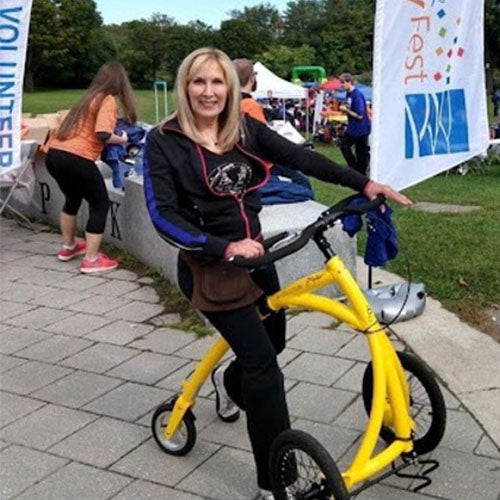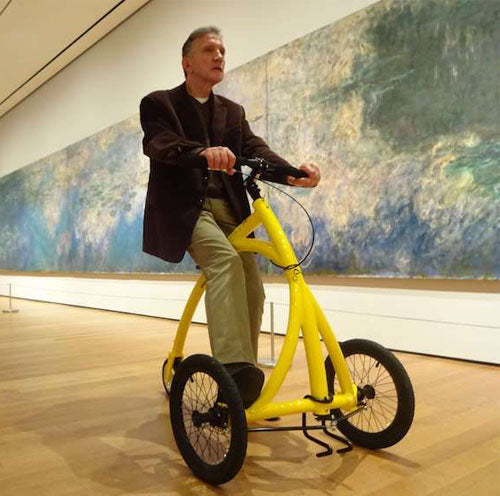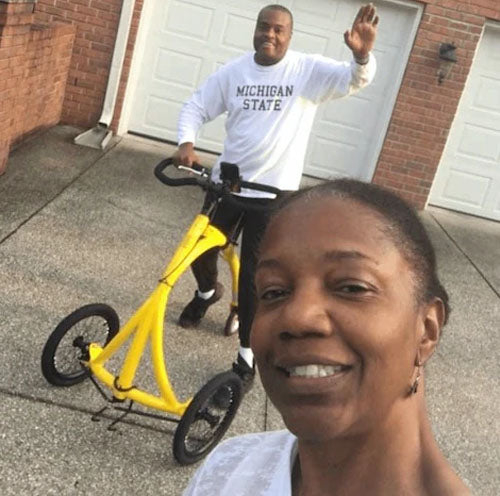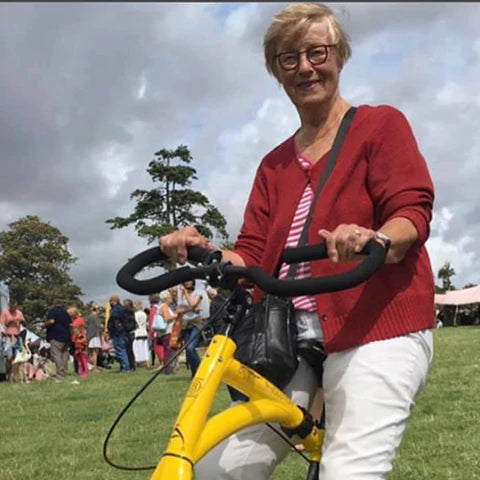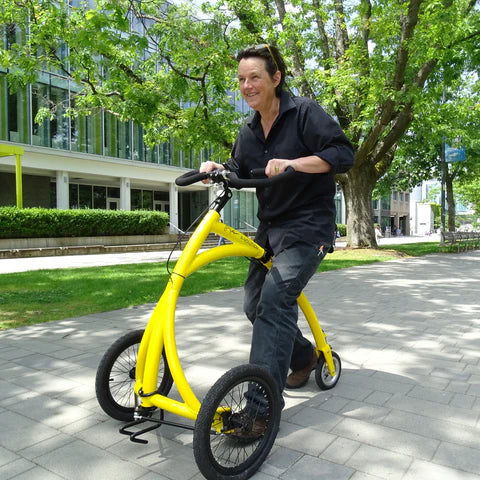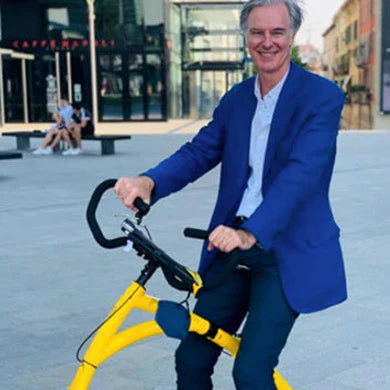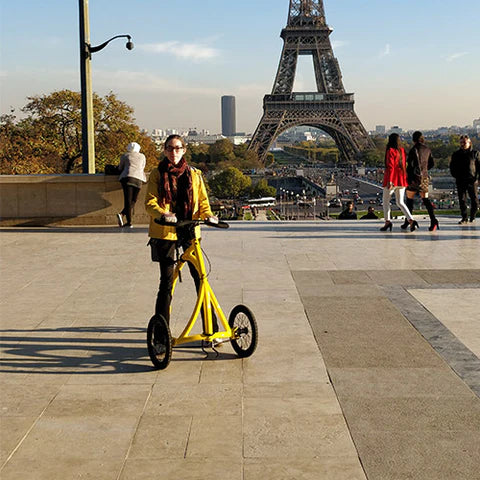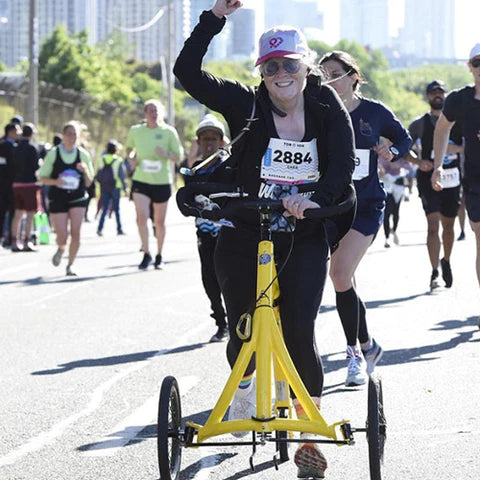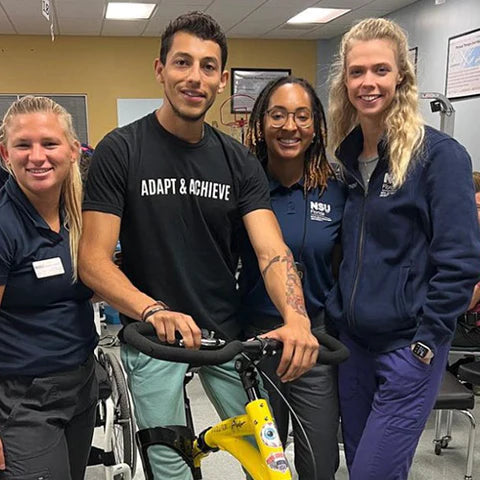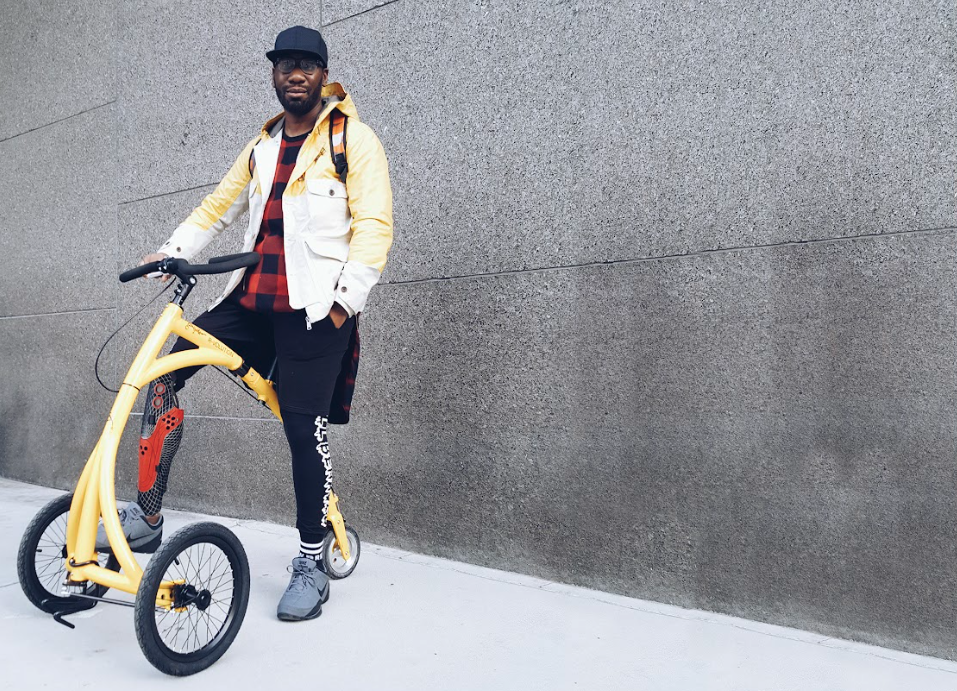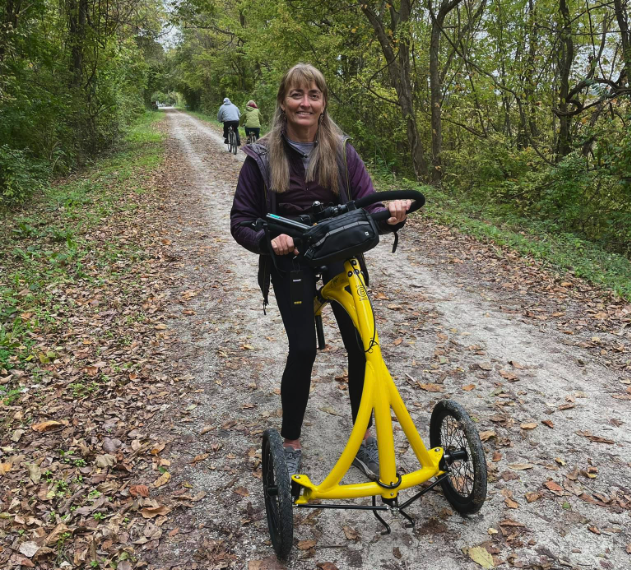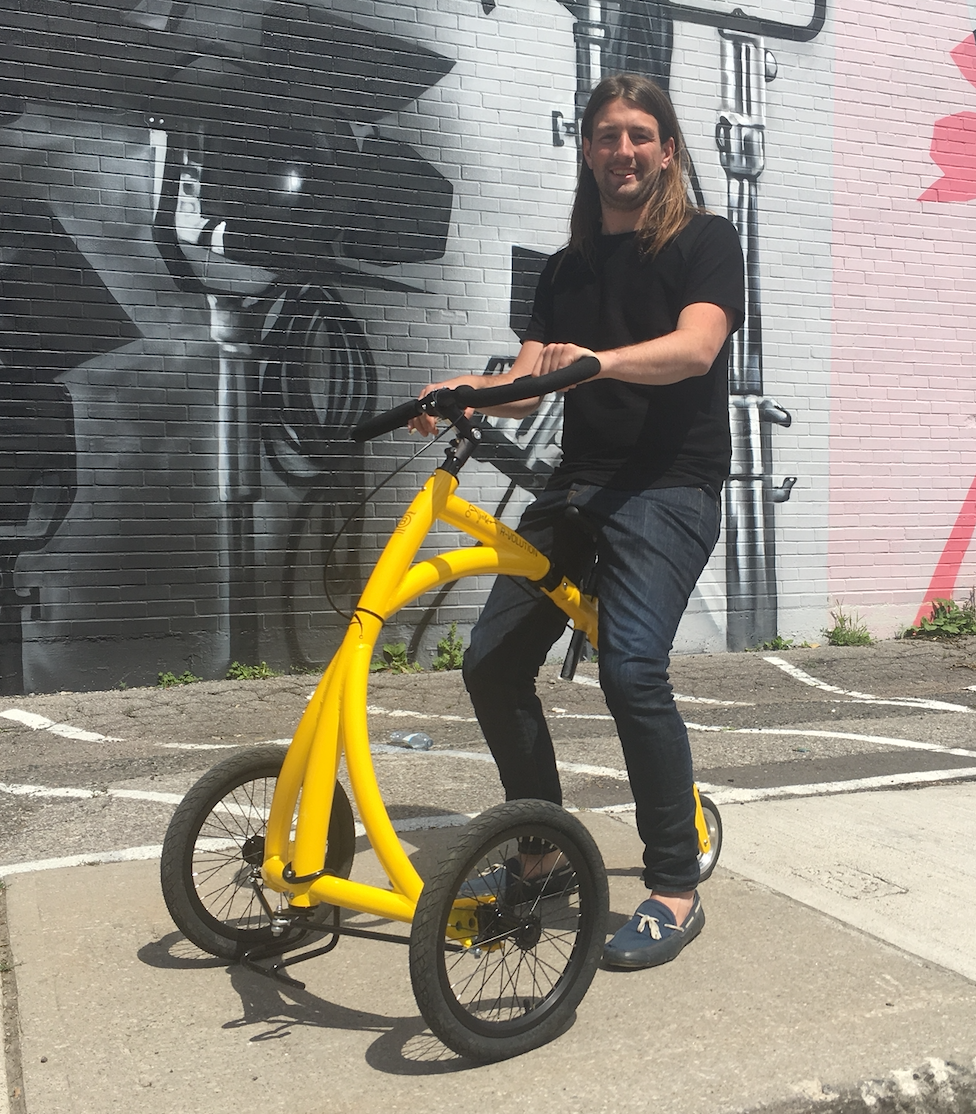Mobility is our ability to move around freely and easily. It is what enables our independent access to the things we need to thrive: food, nature, community, necessary goods and services. Mobility is also too often taken for granted, until it’s gone or significantly reduced. When people start to lose their mobility, that’s when they really begin to understand the barriers that exist in society to prevent them from accessing their needs. In order to build a society that’s better-equipped to enable people with mobility issues to thrive, we need to understand the scope of the issue: what does limited mobility mean, who does it impact, and how does it impact them?
What is Limited Mobility?
At its most basic sense, limited mobility refers to any physical impairment that impacts a person’s ability to move around freely, easily, and without pain. Limited mobility can be a disability that affects a person’s gross motor skills, such as their ability to sit independently, stand, balance, walk, run, swim, or do any of the movements that engage the large muscles of the legs, arms, and torso.
It can also refer to any disability that impacts the fine motor skills, which involve the muscles of the fingers, hands, wrists, toes, feet, and ankles. An example of this would be losing the ability to lift your foot, grip, or manipulate objects by hand.
What Are Some Causes of Limited Mobility?
Mobility impairments can result from a wide range of conditions, including chronic diseases, viruses, neurological disorders, injuries, obesity, lack of physical activity, and aging.
While it would be well beyond the scope of this page to list all of the causes of limited mobility, some common conditions that we see in our community, that create loss of mobility, include multiple sclerosis, spinal cord injuries, arthritis, chronic pain, diabetes, and amputations.
How Many People Live with Mobility Issues?
People living with disabilities are the world’s largest minority. The WHO estimates that about 15% of the global population (around 1.1 billion people) live with some form of disability. In the US, the figures are higher. The CDC reports that 26% of American adults have some type of disability. For mobility issues specifically, 13.7% of American adults have serious difficulty walking or climbing stairs.
With an aging global population, increasingly sentient lifestyles, and lack of access to adequate nutrition for much of the world’s population, the number of people with disabilities is set to increase dramatically in the coming years.
What does limited mobility look like?
When many people think of people with mobility issues, they think of elderly people, or they think of people in wheelchairs who are paralyzed. But mobility impairments can happen to anybody, at any age. They can be visible and obvious, or completely invisible to an outside observer.
There is also a wide spectrum of mobility impairments, and many people who have mobility issues don’t use mobility assistive devices 100% of the time. For example, over one-third of wheelchair users are ambulatory wheelchair users, which means they can still walk some of the time, but they also use a wheelchair. The lack of understanding around ambulatory (or occasional) wheelchair users results in those individuals facing harassment or stigma, because they are accused of “faking it” when they get up from their chair.
To live compassionately, and not further marginalize or stigmatize individuals with disabilities, we should never make assumptions about another person’s abilities.
What are the impacts of limited mobility?
Losing your mobility can have serious consequences for your physical, mental, and emotional health. Adults who experience loss of mobility can lose their ability to independently provide for themselves, both financially and in terms of accessing their basic needs.
Many people with mobility issues are unable to work, and in the absence of other means of supporting themselves, end up in poverty as a result of their disability. Lack of mobility also makes it extremely challenging to access basic needs like food and medication, or to take themselves to doctor’s appointments and other necessary activities. As a result, many people with mobility difficulties are unable to live independently.
Beyond basic needs, living with mobility issues makes it much harder to attend social engagements, maintain friendships, and emotionally engage with the wider community. The impacts of this can be devastating for people’s mental health, and people with mobility issues report significantly higher rates of loneliness than the general population.
What are some solutions for people with limited mobility?
Some disabilities are temporary and may go away with time, exercise, and proper nutrition. Some are permanent and regressive. Either way, physical disabilities are extremely prevalent, and mobility is critical to our well-being, so we need to enable equal access to society for people with mobility issues.
For us at Alinker, that means creating a walking bike that enables people with mobility issues to continue walking, continue getting exercise, and in doing so continue living independently and engaging with the community. But it also means much more than that. It means building a community around access: access to food, access to recreation and culture, access to friendship, access to mutual respect and care.
Please check out our guide on How to Be a Better Ally to People with Disabilities if you’d like to learn more about this last point. If you or someone you know is living with mobility issues, check our How it Works page to learn more about our walking bike and our philosophy to see if it could be a fit for you.

